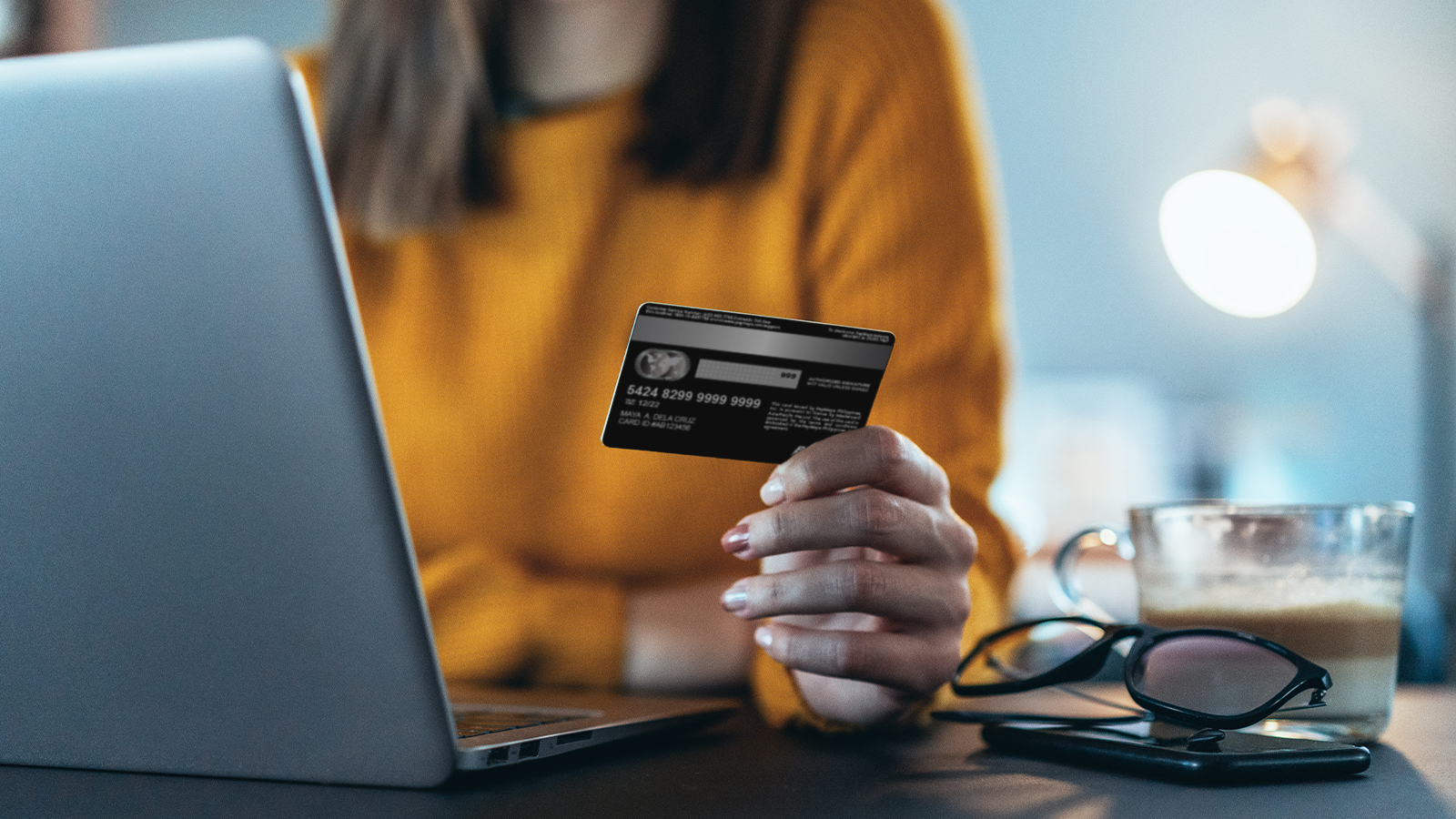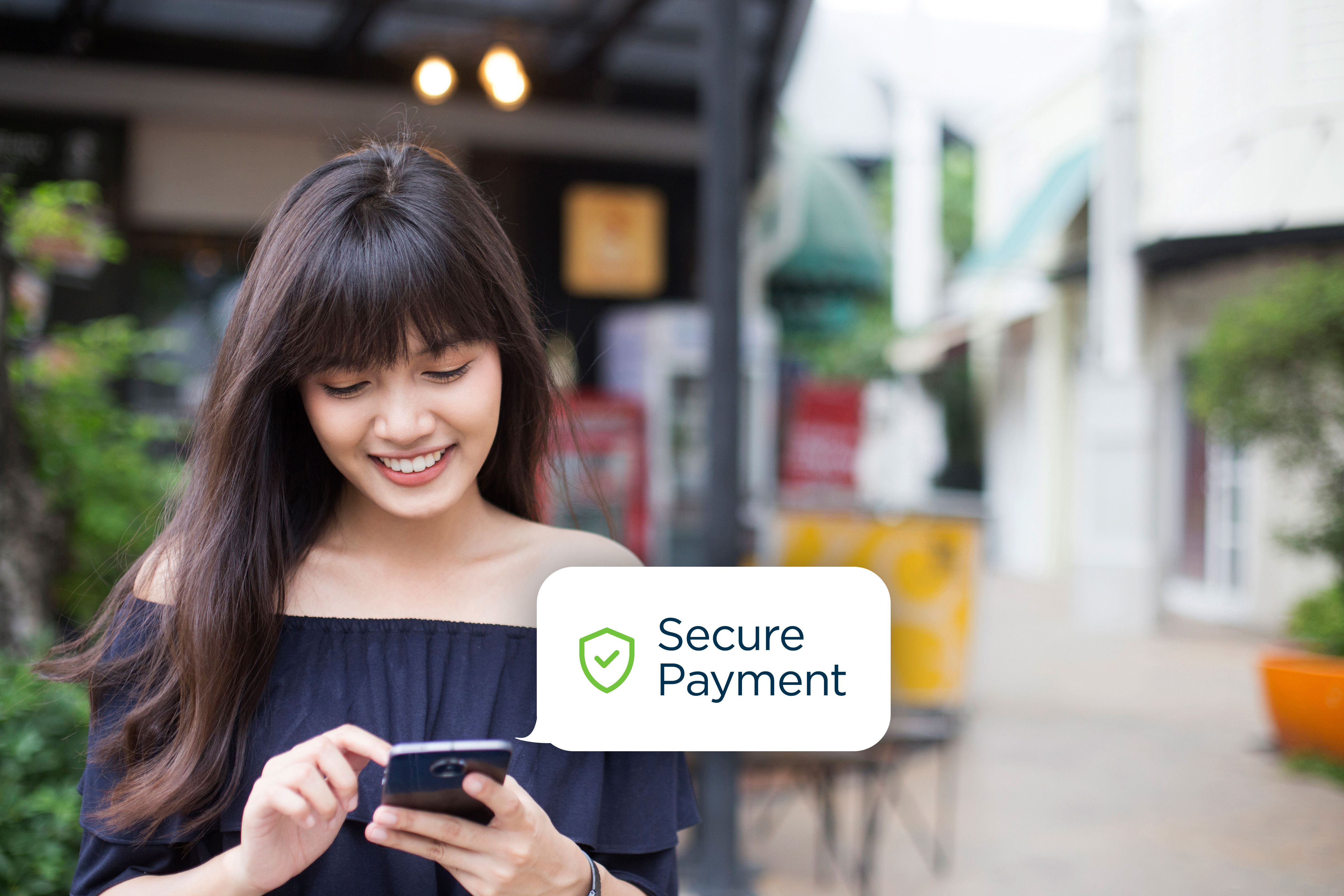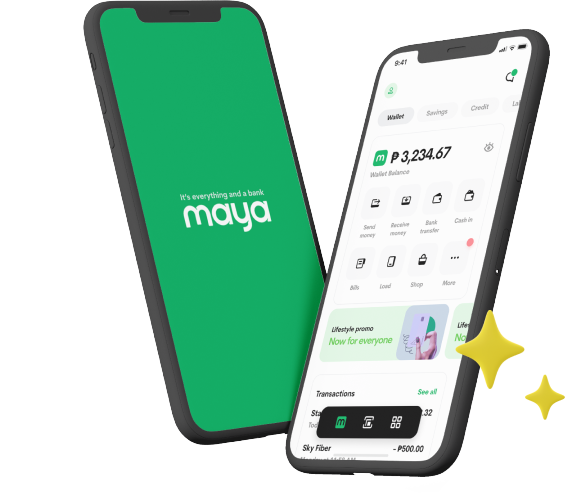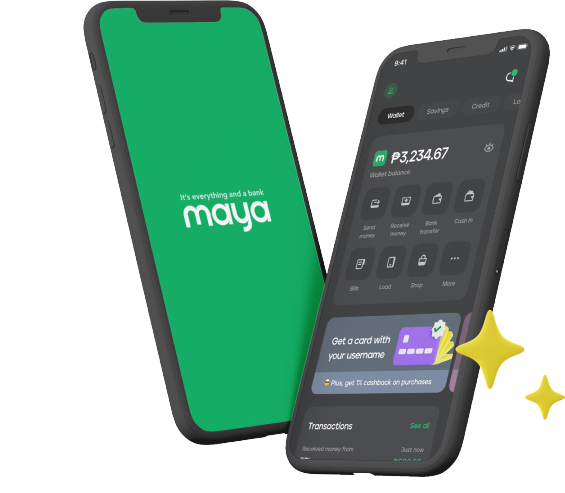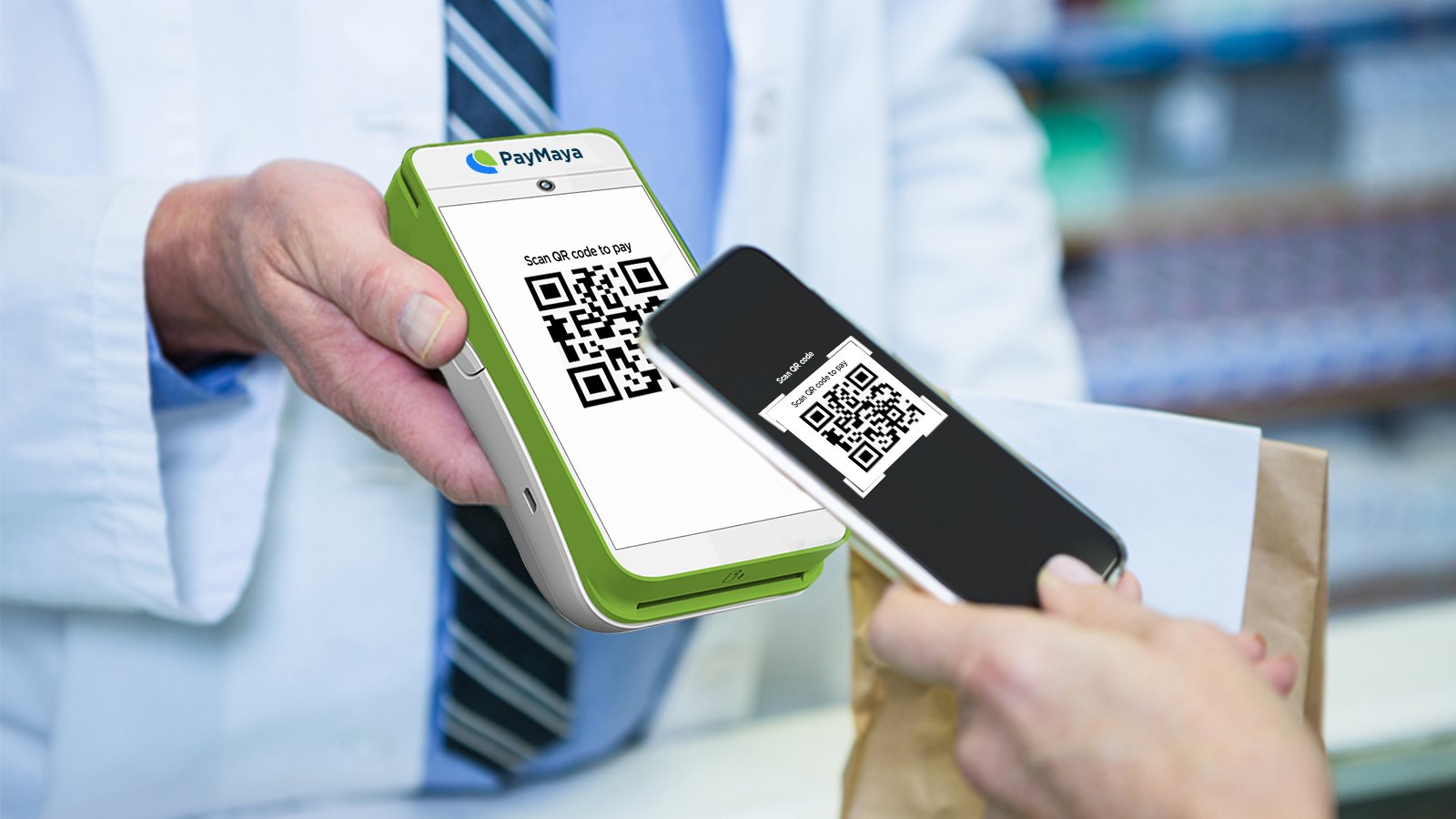
QR codes are no longer a rare sight these days. The technology is widely used in retail, logistics, and marketing, and more than a few quick-service restaurants have even started using payment systems that incorporate the use of QR codes in their branches. In some cities, it’s even the preferred way of paying for purchases and keeping track of the people you interact and come in close contact with every day. While quick response or QR codes have a pretty recognizable appearance, not a lot of people are very familiar with how the technology works. In essence, the code makes use of a type of 2-dimensional barcode so that it can convey a lot of information once scanned.
QR Code and Bar Code: What’s the Difference?
The regular barcodes that we’re all familiar with are linear or 1-dimensional, meaning that they represent data using parallel lines with different widths and spacings. The amount of data that can be embedded in a linear barcode is limited by what can be placed within those stripes and spaces. QR codes and other types of 2-dimensional codes, in comparison, add another dimension to the way that they can be written and scanned. This means that these codes can accommodate significantly more information relative to their 1-dimensional counterparts and that they can be read vertically and horizontally.
For example, a barcode can simply convey a product’s name and price. A QR code, on the other hand, can contain detailed information about the same item’s manufacturing process, repair history, current condition, intended location, and others. It’s one of the main reasons why companies from different industries are quickly making the shift to 2D barcodes.
In the past, making the shift proved to be a bit pricy, as the scanners needed for 2D codes were significantly more expensive than the scanners used for 1D barcodes. Advancements in technology, fortunately, has allowed the common folk to generate and read QR codes using their phones and other mobile devices, regardless of where they may be located. This means that anyone who’s tech-savvy enough to operate a smartphone can make the most of this technology and use it for work or personal projects.
A Look at the History of QR Codes
While the use of QR codes has taken off in the Philippines this year, the technology itself is a few decades old. The technology came to be as a response for the need for a code that can convey more information, as barcodes then can only hold up to 20 alphanumeric characters. The QR code was introduced to the market in 1994. The company behind the technology, DENSO WAVE, made the specifications of the QR code publicly available, and this helped usher its widespread adoption. In 2000, QR codes were added to ISO international standards.
Everyday Applications of QR Codes
Now, regular consumers themselves are making the most of this technology by using it to accomplish everyday activities in a much faster, safer, and convenient manner. QR codes are used to carry out the following tasks on a regular basis:
Completing in-store purchases. There are many ways to complete contactless in-store purchases, and using QR codes is now one of them. Shops, restaurants, and other establishments can subscribe to services like Maya, which allow them to accept payments from their customers by scanning their unique QR code. Once the customer checks out the items or submits the order, they can scan the merchant’s QR code and pay for the full amount through their Maya app. This way, the interaction between the store staff and the customer can be minimized.
Paying for transportation fees. QR codes are not only used in brick-and mortar-shops, but they’re also filling a niche in the transport industry. Now that almost everyone’s a bit wary about exchanging money from one hand to another, some government bodies are eyeing QR codes as the most convenient means of paying for transportation services. It may take a bit of time for this to be widely implemented, but solid steps are being taken to ensure that transport operators and commuters alike are ready once the shift takes place.
Transferring funds to others. There’s no need to copy-paste your family member’s number on your digital wallet or banking app so you can send them money. Most banks now let their clients generate a unique QR code that contains the receiver’s account number. The account owner can then send this image to their family and friends or ask them to save this image on their devices. Using a QR code eliminates the possibility that the sender will input the wrong account number or that they’ll need to go through the long process of recovering the wrongly sent money.
In a few years’ time, Filipinos are likely to see more establishments shift to QR codes or at least include this technology in their accepted payment methods. Making the shift to QR codes as early as today will help consumers make sure that they’re ready for such an event once it becomes a reality.
You might also like
These Stories on Financial Literacy

